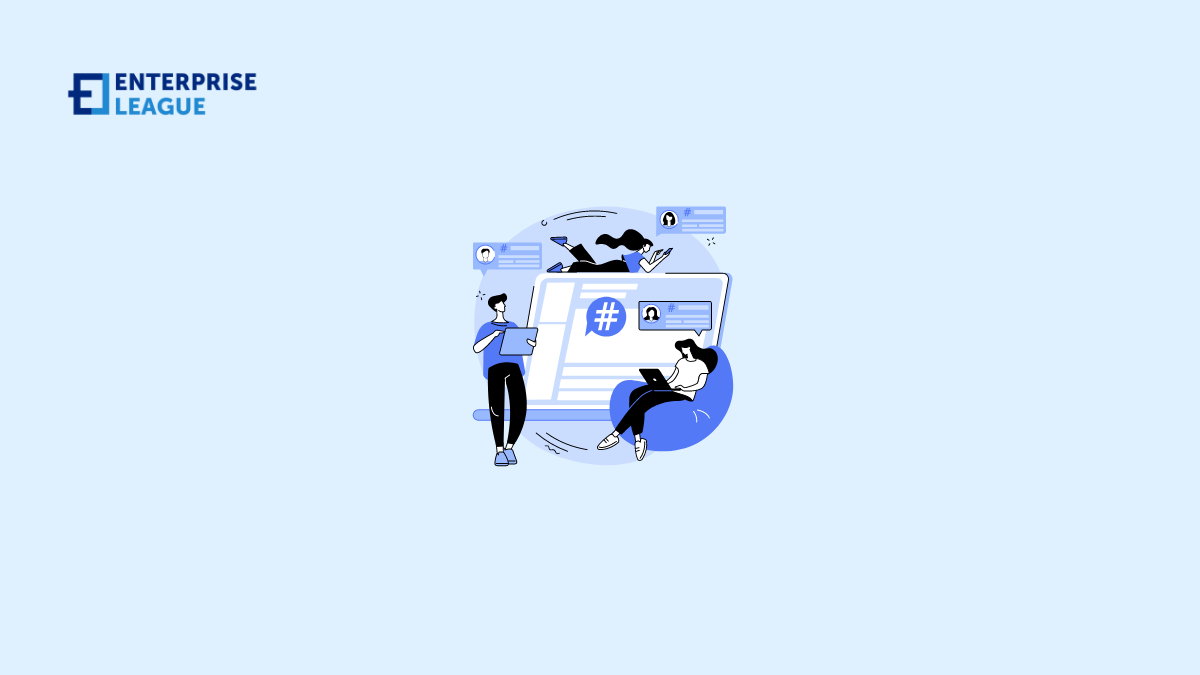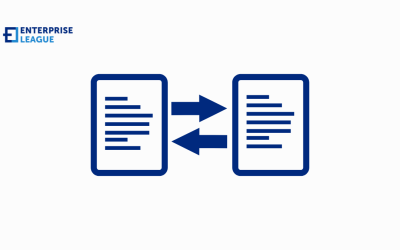Getting sales quotes on target in an ever more competitive environment
February 21, 2023

The world is currently undergoing a knowledge explosion. It seems that it’s almost impossible to keep secrets – everything’s on social media or news websites. Elon Musk only has to sneeze, and Wall Street goes into freefall.
As a result of all this Big Data flying around, it dictates so much of what we do in business nowadays, together with how we do it. Consequently, never has it been so important to get quotes accurate to win new business, because there will always be a competitor milliseconds behind if a quote isn’t accepted by a prospect – for almost any reason.
However, just as technology is dictating that we do things still faster and more accurately, it’s also lending us a hand to do so, via businesses using Enterprise CPQ Platforms.
Predictive analytics
Software as a service (SaaS) CPQ system employs the very complex use of Artificial Intelligence (AI) algorithms, which, combined with a rules-based decision-tree architecture, ensure that every relevant factor is considered when any company quotes for a product or service.
At first, you might wonder why such an AI-driven software package is required to perform an accurate quote. Surely, even the most complicated factors behind any quote can simply be listed on a spreadsheet, cost out, and various formulae and financial models can be tested with ‘What If’ scenarios – changing the price or labor cost of a component will automatically adjust the final price on the bottom row of the spreadsheet.
If only life was that simple! Spreadsheets can easily make predictions and give figures for the change in any given cost of any element affecting a quote for any product or service. But that’s the limitation right there.
The word ‘given’. What a spreadsheet cannot do is calculate and predict exactly what other elements might also need to change. It can calculate financial variances based on changes made to cells in a spreadsheet, but a tired human employee still needs to know exactly which cells need editing. Tired people also make mistakes. The potential consequences of editing the wrong cell could be disastrous.
By comparison, A CPQ platform not only achieves what the spreadsheet can do but crucially uses task automation to calculate precisely which other elements need to be amended. It takes these factors into account and displays any required amendments on an easy to understand dashboard. Consequently, sales managers and all relevant stakeholders in an enterprise can make solid commercial decisions based on reliable data.
Focus on the details
Imagine an Excel spreadsheet giving a new quote price for a manufactured product when the cost of a 20mm widget increases by 15%. That’s simple, a human operator is notified of the price change, and edits the cell that contains the figure representing the widget cost. But then, an engineer comes along and says: ‘hang on, those widgets have increased in price, but they’re 5mm thicker than the specified ones we were using from that supplier. We’ll have to change the length of the bracket that the widget bolts onto. That will mean re-tooling the welding machine, and we’ll have to reprogram it. The extra labor involved will also increase the overall cost by 3% so you need to account for that. Or do we need to source a new 20mm widget supplier’
Imagine now if the engineer’s input wasn’t needed because the CPQ’s AI already has accounted for this. In light of all the layoffs at the moment in the tech industry due to prevailing economic conditions, stressed-out staff needs all the help they can get.
The CPQ’s AI knows from the programmed specifications of the widgets that the new unit has caused extra work and specification changes. That facility simply isn’t possible within an Excel spreadsheet environment, let alone the proactive reporting of the required changes.
Looking backward as well as forwards
The CPQ also ‘knows’, from historical data analysis, that alternative 20mm widgets are available from a manufacturer in Sweden; but the shipping costs and customs import duties make those widgets the same price as the 15% increased ones. However, the AI understands that no re-tooling nor additional labor costs would be required.
In that case, the CPQ dashboard would proactively offer its users two scenarios, something like this fictitious example, in words and also displayed in slick infographics:
Option A = Acme Widgets increase cost = 15%. From $3 per unit to $3.45. Extra tooling and machine time +1.03% = current cost of $300 per hour to $309. Time to fit each unit 1 minute = $5.15. Previous total cost = $25. The amended total cost is $25.65. This requires a 65-cent increase. Required markup with 35% profit margin = 65 cents x 1.35 = 88 cents. Net increase to the whole finished product = 23 cents. 100,000 finished products for customer = net price increase of quote to customer = $23,000.00
Option B = Suomi Widgets increase cost over original Acme = 15%. From $3 per unit to $3.45. Extra tooling and machine time + 0 = current cost of $300 per hour retained. Time to fit each unit unchanged. Previous total cost = $25. The amended total cost is $25.45. This requires an 18-cent increase. Required markup with 35% profit margin = 18 cents x 1.35 = 24 cents. Net increase to the whole finished product = 3 cents. 100,000 finished products for customer = net price increase of quote to customer = $3,000.00
The recommended option is OPTION B.
Conclusion
If you know of a spreadsheet package that already knows where to purchase alternative products and works out the potential alternative scenarios for you in microseconds, buys it. Otherwise, your business needs a CPQ platform as quickly as you can order one.
More must-read stories from Enterprise League:
- The relevance of print marketing and how to make it work for your business.
- Get entertained and educated with some of the best business movies.
- Proven and tested psychological tactics for successful marketing.
- Find out how to get more customers for your business in a unquie way.
- Warning signs of a terrible boss that everyone must be aware of.
Related Articles
PDFs and the debate between tradition and innovation
Curious about the future of PDF? Learn about its integration with new technologies and explore some practical PDF tips to leverage all the power of this format!
The 10 Ds of entrepreneurship: Why are they important?
Are you familiar with the 10 Ds of entrepreneurship? Let’s see if you possess some or all of them that will launch you for success.
Optimizing performance and reliability in managed file transfer systems
Optimizing the performance and reliability of MFT systems is a continuous process that requires attention to infrastructure, software and strategic processes.
PDFs and the debate between tradition and innovation
Curious about the future of PDF? Learn about its integration with new technologies and explore some practical PDF tips to leverage all the power of this format!
The 10 Ds of entrepreneurship: Why are they important?
Are you familiar with the 10 Ds of entrepreneurship? Let’s see if you possess some or all of them that will launch you for success.





